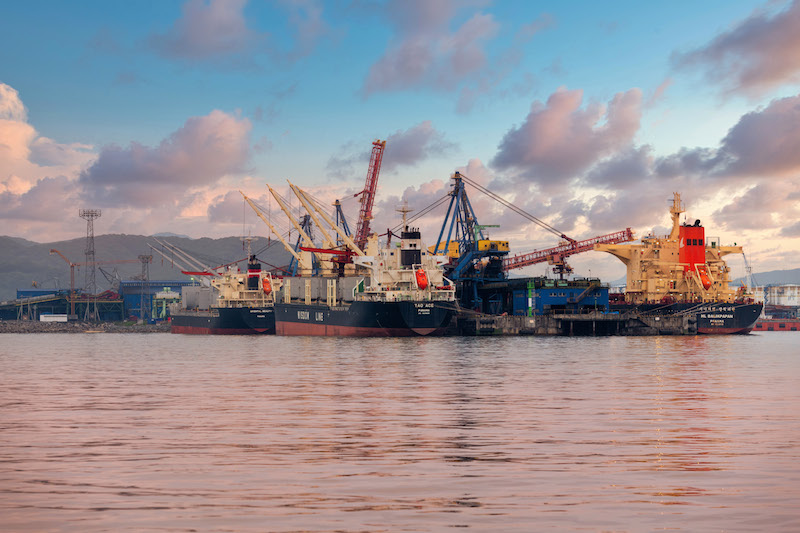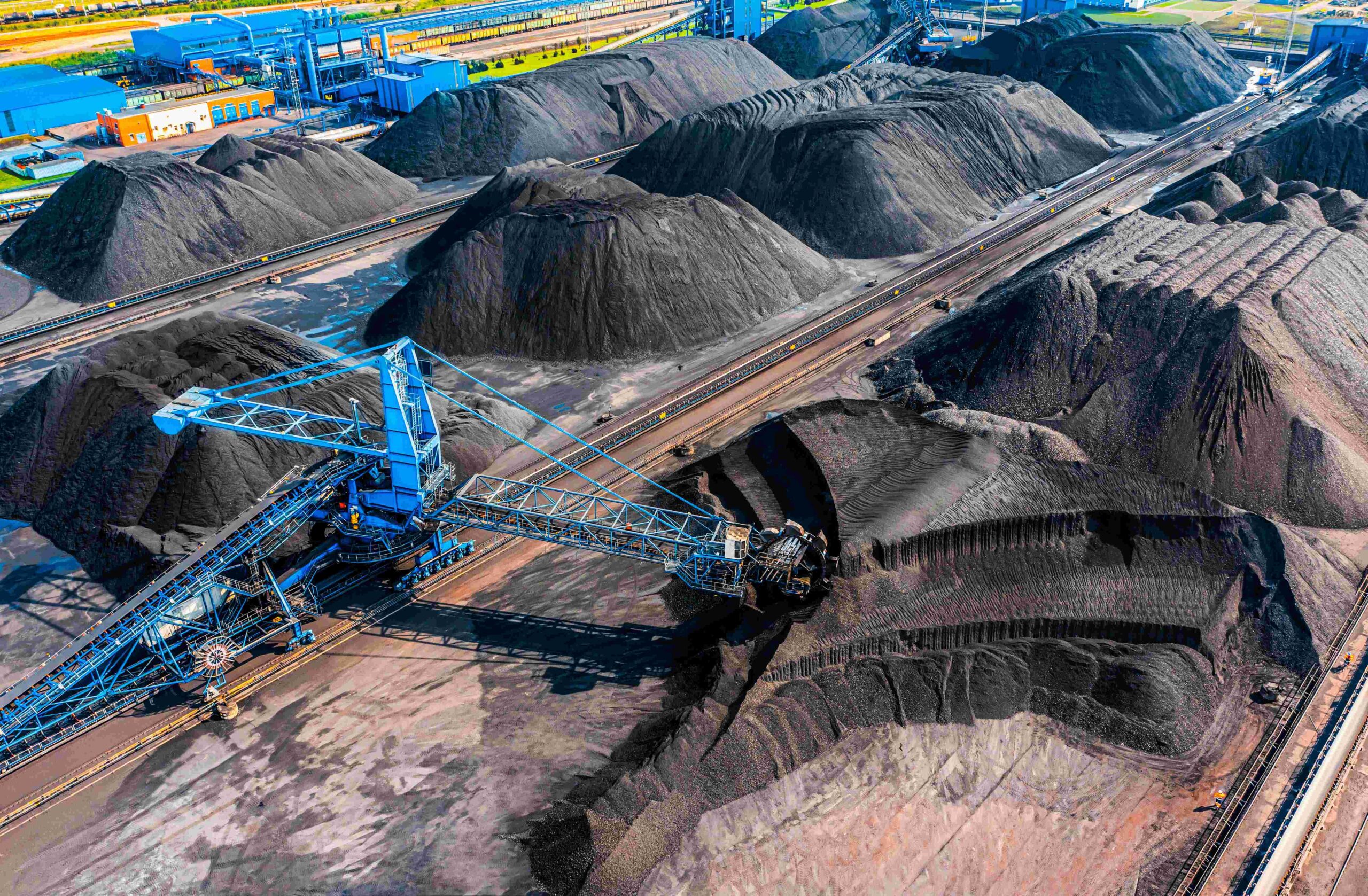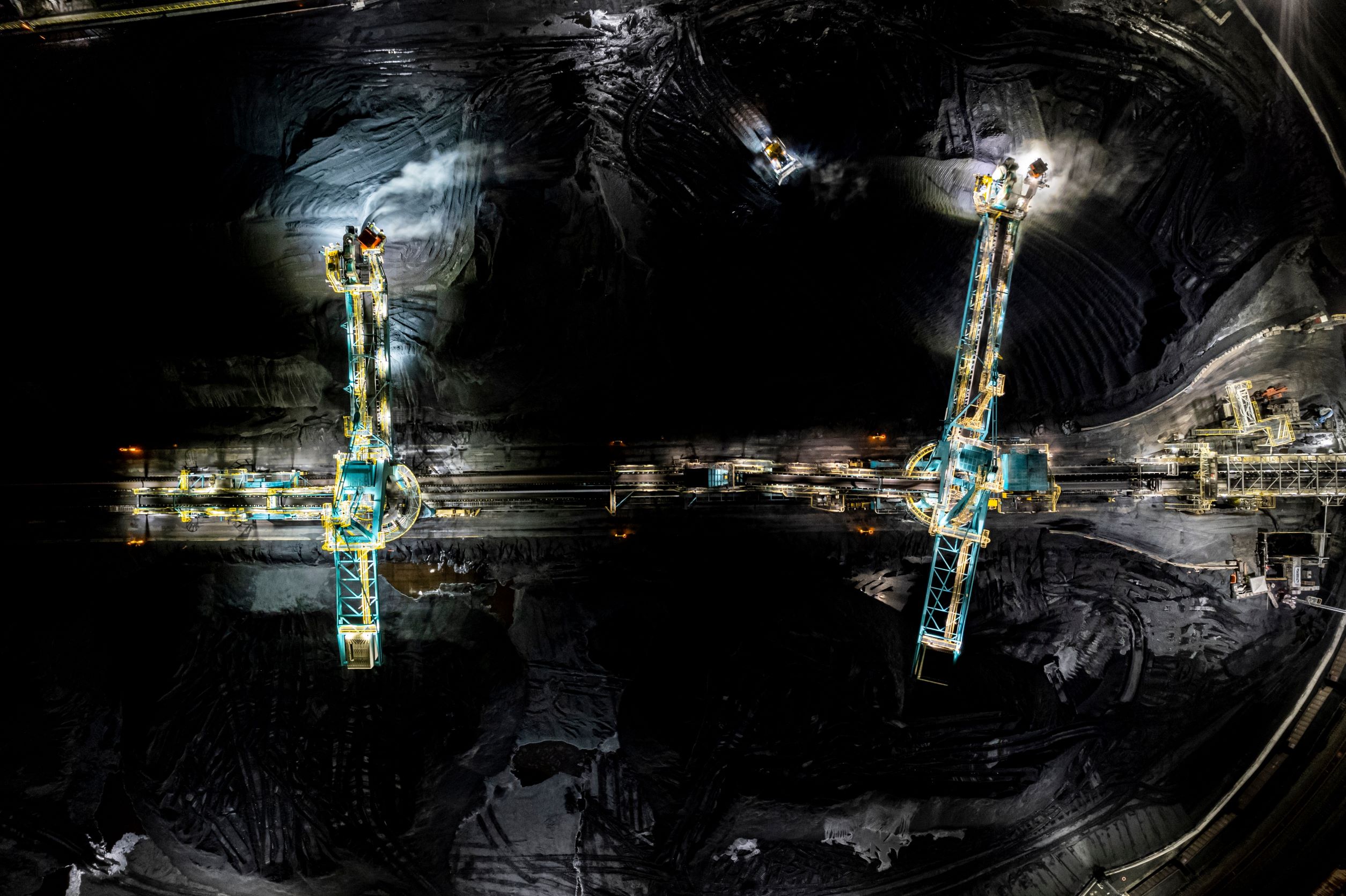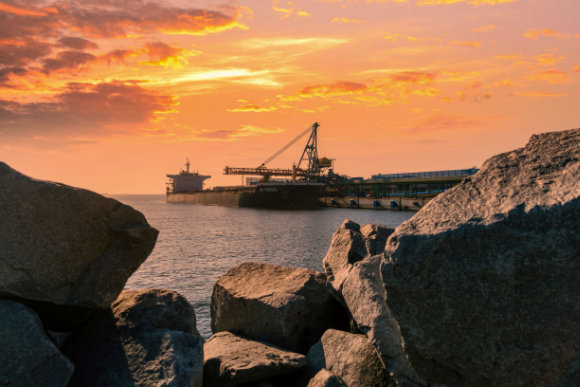

Over the past week, thermal coal indices in Europe inched higher to more than 64.0 USD/t due to the lowering wind generation in the EU, a reduction in coal ARA reserves and uncertainty in the European gas market as a result of sanctions against Nord stream-2. Windmill electricity generation in a number of European countries fell to 961 GWh (-42 GWh or -5% to Dec 02, 2020). Partial recovery of the water lines on the Rhine river contributed to the reduction of ARA coal reserves, which fell to 5.41 mio t, the lowest level since June 2018. Delay in launching the Nord stream-2 gas pipeline from Russia to the EU due to US sanctions creates uncertainty in the European gas market. As of Dec 09, 2020, TTF gas prices increased by 23% to 14.5 EUR/MWh from the end of July 2020, stimulating coal burning.
South African coal indices are supported at around 82.0 USD/t by heightened demand of Indian cement companies. Despite coal sales of the Indian mining company CIL to the domestic market, South African coal imports are growing due to the poor quality of coal produced by local Indian companies. Coal reserves at Richards Bay port terminals decreased to 3.4 mio t (-0.4 mio t to Dec 02, 2020).
Stronger demand of Japanese and Indian generating companies contributed to the growth of Australian coal quotes despite the import ban of China, which is the major consumer of Australian material.
On December 04, 2020 Osaka prefectural court (Japan) ordered the government to invalidate the permit for the operation of two units of Ohi nuclear power plant with a total capacity of 2.360 MW, owned by Kansai Electric Power. The court satisfied the claim of local residents referring to seismic activity in the region. A decrease in average daily temperatures due to the onset of the winter season, as well as a reduction in energy production by local nuclear power plants, may spur coal generation in Japan in the coming months.
On December 08, 2020 during a state conference in Taiyuan, the capital of the Chinese coal province of Shanxi, the head of the national energy administration of China, Lu Junlin, pointed out that China intends to increase the production of premium coal grades with low ash and sulfur content until 2025.
This provision is part of the 14th five-year economic plan of China. In addition, the Chinese government plans to significantly reduce inefficient coal mining capacity and close mines with low production volumes. At the same time, coal reserves at mines in a number of Chinese provinces will increase to 200 mio t by the end of 2025, compared to 30 mio t currently.
Chinese companies seeking to ramp up the coal stocks before the start of the heating season are supporting prices of Indonesian coal.
The reduction in coking material production by some Australian enterprises, as well as the demand of metallurgical plants in a number of countries in the Asia-Pacific region, strengthened the prices of coking coal of Australian origin.
Source: CAA Analytics
Follow on Twitter:
[tfws username=”CAA_Analytics” height=”700″ width=”350″ theme=”light” color=”#FAB81E” tweets=”2″ header=”yes” footer=”yes” borders=”yes” scrollbar=”yes” background=”yes”]













